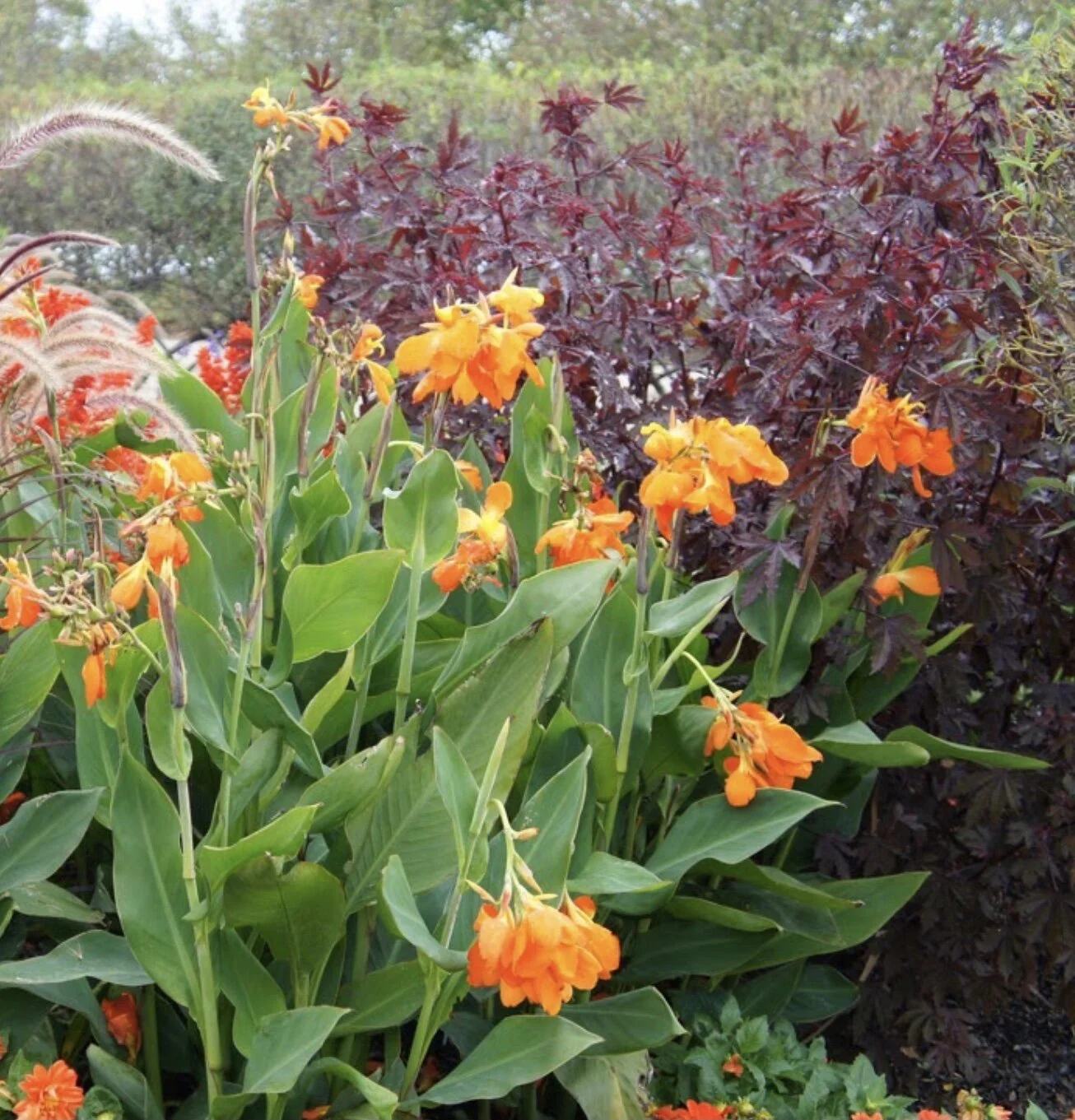Cranberry Hibiscus
Cranberry Hibiscus
CRANBERRY HIBISCUS SEEDS
Hibiscus acetosella
Sometimes listed as “Mahogany Splendor”, the deeply cut plum-colored foliage of this tropical Hibiscus is reminiscent of a Japanese Maple, and its effect in the landscape is just as profound.
Hibiscus acetosella can be grown as an annual in cold winter climates, either in the ground or in a large container. It can take full sun or part shade and prefers plenty of moisture. This species has grown to tree-like proportions in a single season for me, but it can also be pruned to shape. Beautiful rose-colored flowers appear after the autumn equinox. In the north, grow these in large containers that can be brought indoors when frost threatens.
Seeds germinate easily indoors: sow about 1/4" deep in moist soil, pressing to keep seed snug; mist generously with warm water and cover with plastic; kept warm (75°F) and moist seeds will usually germinate in a matter of days. Seedlings grow very quickly and should be transplanted very soon after germination to deep 6" pots to grow on in bright indirect light at warm room temperature. Plants prefer to grow in moist soil. Transplant outdoors after all danger of frost has passed.
Cranberry Hibiscus is not frost hardy. If you hope for blooms, grow this plant in a pot that you can bring indoors before the first frost. Plants will bloom for several weeks. Large flowers are edible, and can be dried and used as a natural food color.
The leaves of this Hibiscus are edible and nutritious, and retain their color after cooking. Flavor ranges from insipid to very sour. Use sparingly like sorrel, or generously as you would collards.
Packet contains at least 10 seeds.
Pictured here behind Canna in Minnesota (!) to give some idea how large a single plant can become, even in a very short season.
